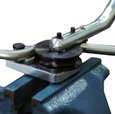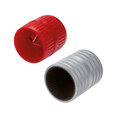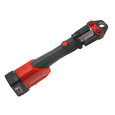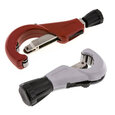Pipe Bender - Material Guide
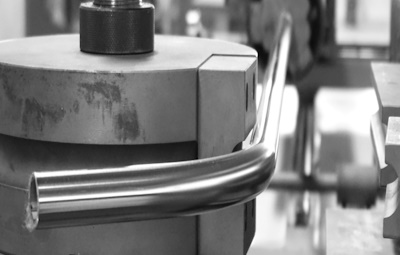
Figure 1: Tube bending machine
Pipes made from a variety of metals are suitable for bending. However, different pipe materials have different physical properties which influence the bend. For example, copper is malleable and ready to bend at room temperature, whereas stainless steel requires a much greater effort to bend. Not only does pipe material influence the ease of bending, but it also influences how readily a pipe will take the desired shape or be damaged during the bending process. This article takes a closer look at common pipe materials and their suitability for bending.
Check out our selection of pipe and tube processing tools!
Materials used for pipe bending
Pipes ideal for bending are typically made of the following materials:
- Copper
- Aluminum
- Iron
- Alloys (mixture of one metal with another metal or nonmetal)
- Plastic
- Wood
The pipe bending process uses tools called pipe benders. Each material varies in specific density and gravity. Also, the materials are available in different grades with different bending properties that depend on the chemical composition of the material.
Bending properties of metals and alloys
The primary property of a material selected for bending is its malleability. Malleability is the ability to permanently deform a material without breaking or cracking. Cold bending a pipe is ideal for best results because it does not cause fractures in the pipe. However, without bending tools (e.g., electric pipe benders and hydraulic pipe benders) that can produce enough force to cold bend less malleable metals (e.g., stainless steel), these metals are often heated to achieve the desired effects.
Carbon steel
The term carbon steel is often used to indicate steel that is not stainless steel, and is one of the most commonly bent materials. It is a strong, reliable component for construction (Figure 2) and OEM (original equipment manufacturer) applications. Carbon steel is available in different grades, offering various options in machining, bending, and wear resistance. It is also a sustainable and recyclable option that reduces the overall carbon footprint.
Mild steel and spring steel are two grades of carbon steel suitable for pipe bending.
- Mild steel: Mild steel is a commercial term that means low-carbon steel. It contains 0.04 - 0.3% carbon and therefore is more malleable and ductile. Ductility decreases as the carbon percentage in the steel increases.
- Spring steel: Spring steel is a high-carbon steel, meaning it has up to 1% carbon content. Therefore, it is more brittle and requires heating before bending. After cooling, spring steel can be reheated for further shaping. Spring steel’s high yield strength makes it suitable for springs and high-strength wires.
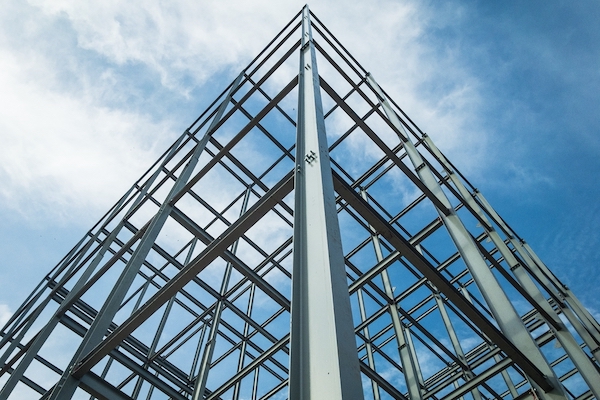
Figure 2: Carbon steel used in construction work.
Alloy steel
Two popular steel alloys are AISI 1018 and AISI 4140. The last two digits of each number indicate the percentage of carbon in the alloy: 1018 has 0.18% carbon and 4140 has 0.40% carbon. This means that 1018 is a mild steel and 4140 is a medium-grade carbon steel. AISI 1080 can be cold bended and AISI 4140 should be heat treated before bending. Alloy steels are commonly bent to create lifting hooks and eyes, grab bars, and U-bolts (Figure 3).
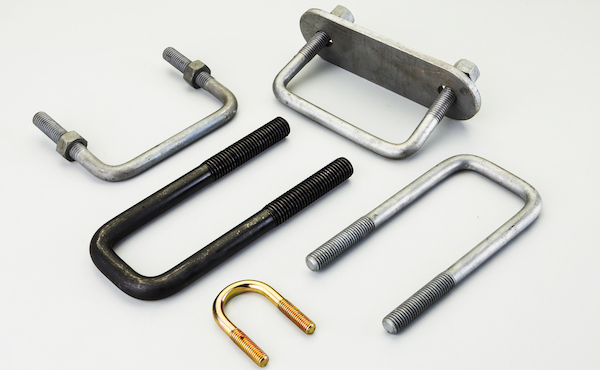
Figure 3: U-bolts made from alloy steel.
Stainless steel
Different grades of stainless steel range in carbon content from low-grade to high-grade (approximately 1% carbon content), but are differentiated from carbon steel by their high chromium content (minimum 10.5%). This high chromium content is what protects stainless steel from corrosion and rust.
Of the different types of stainless steel, 300-series, specifically 304 stainless steel is the most popular for bending due to its ductility. However, at large diameters, stainless steel is very difficult to bend manually. A mandrel bending machine is typically used in this case. Heat treatment before bending improves the ductility but if the stainless steel is not quenched fast enough, it will over harden.
Bending shops often process steel or stainless steel for bending and folding in the form of sheet metal. Stainless steel should have high degrees of purity, and the material is commonly used in food and water technologies.
Aluminum
Aluminum is lightweight, and the material requires specialized skills and forming processes to prevent material cracking. However, the bending properties vary according to the different grades of aluminum used.
6061 aluminum
This material is hard to bend, and cracking is pretty common. Cold bending always weakens the material. Proper bending can be done by heating the aluminum first.
3003 aluminum
3003 aluminum is the best for bending due to its midrange strength and high elongation. It can be cold bent, and has a high difference between tensile strength and yield strength. This means it can be permanently deformed, in other words bent, a great deal before breaking.
5052 aluminum
5052 aluminum is almost as good for bending as 3003 aluminum, but has slightly less elongation. However, when heated, its formality improves past that of 3003 aluminum. Aluminum is commonly used in transportation and storage tanks.
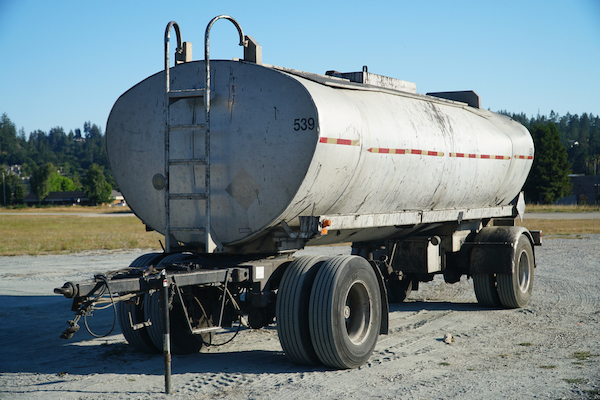
Figure 4: An aluminum transport tank.
Copper
Due to its crystal structure, copper is highly malleable and easy to bend. Also, it is durable and cost-effective, and it has anti-corrosion properties. This material is used extensively in bus bars, piping, and railings. Learn more in our article about how to bend copper pipe.
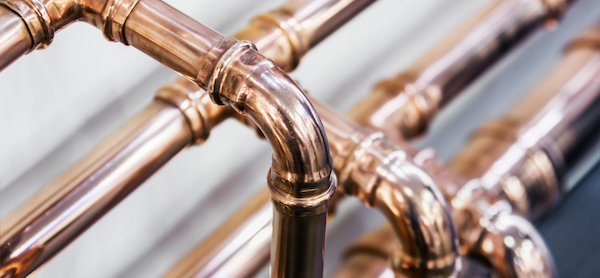
Figure 5: Copper piping
Brass & bronze
Brass is an alloy of copper and zinc, whereas bronze is an alloy of copper and tin. The higher the zinc concentration in brass, the less malleable the material will be. This is not an issue in simple bending processes, but the material may have to be heated for complicated bending applications. Bronze, however, is much less ductile than brass. Also, because bronze is very brittle, heating it up does not significantly reduce the risk of cracking it during bending.

Figure 6: Brass handrail
Titanium
Titanium is an extremely strong material that can break bending tools. It has low uniform elongation, so to avoid cracking, use a larger internal bend radius than used with other metal pipes. Titanium has a low modulus of elasticity, meaning that it does not easily keep a bend. Therefore, a titanium pipe must be overbent considerably so that it springs back to the desired shape. Titanium has high formability, corrosion resistance, and strength-to-weight ratio. Titanium is commonly used for medical equipment, sports goods, and processing industries.
Plastic
Plastic is prone to damage quite easily; hence, specific tools are used to bend plastic pipes. As plastic is grain-less, specific devices are used to soften plastic, making it ready to be bent. First, buffing wheels are used to polish plastic, making the material soft. The plastic is then heated to create bends.
Wood
Wood is usually bent for various purposes like building a boat or manufacturing furniture. The wood is first steamed to bind into multiple forms, making it soft. The softened wood is then curved using molds.




